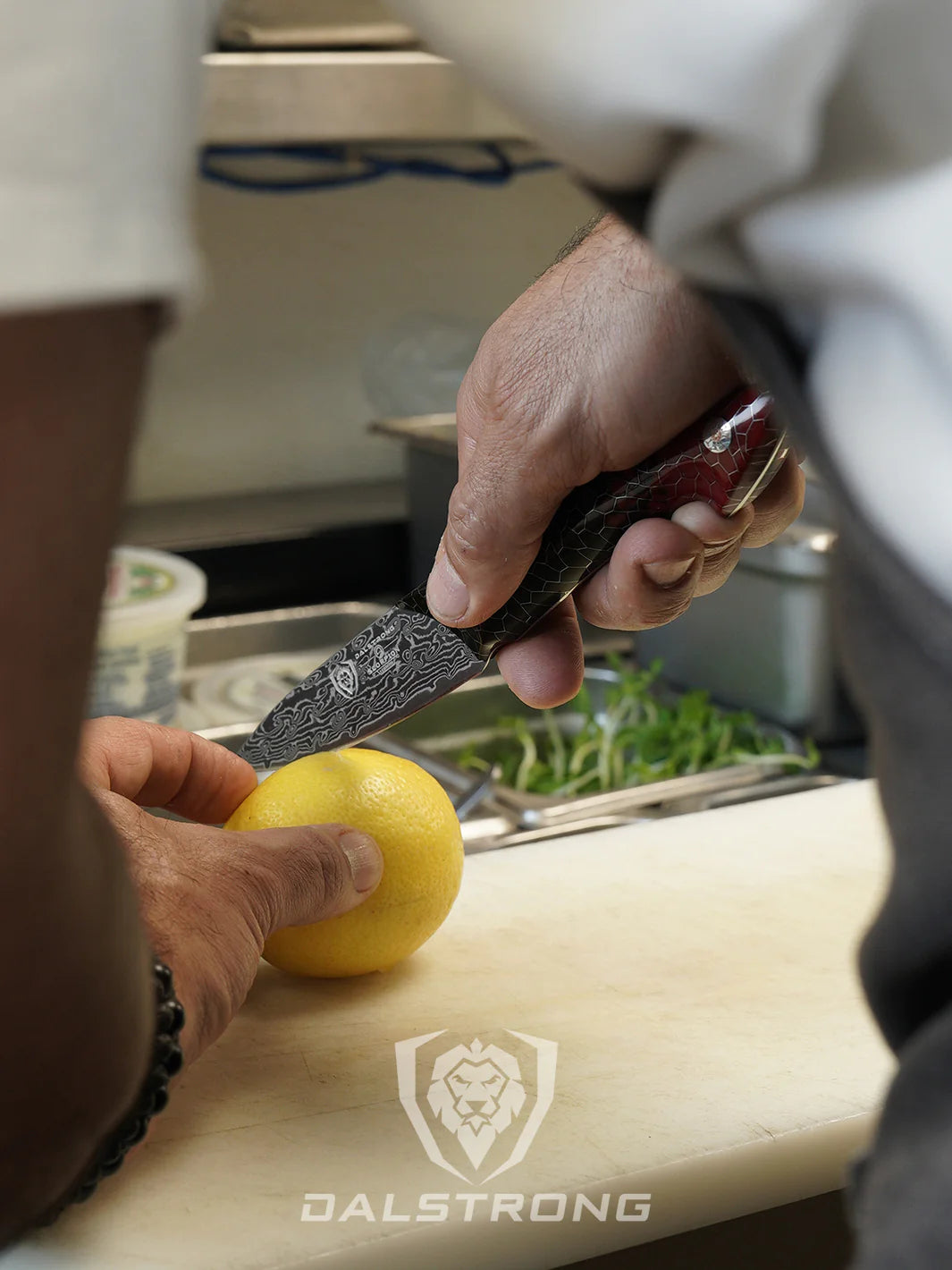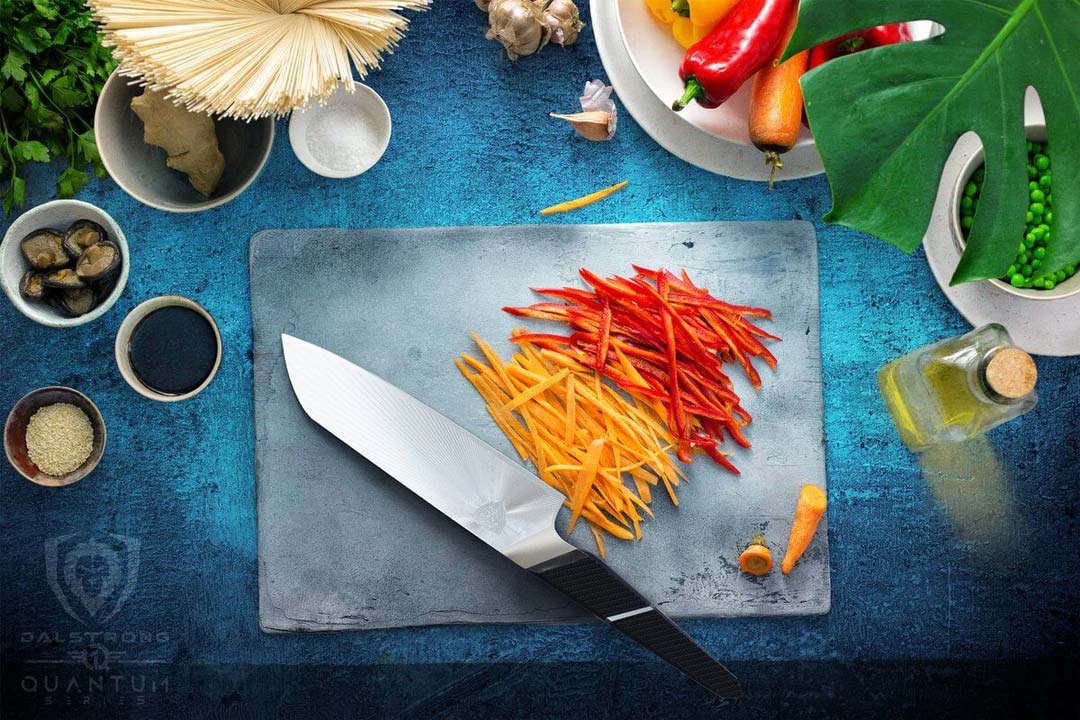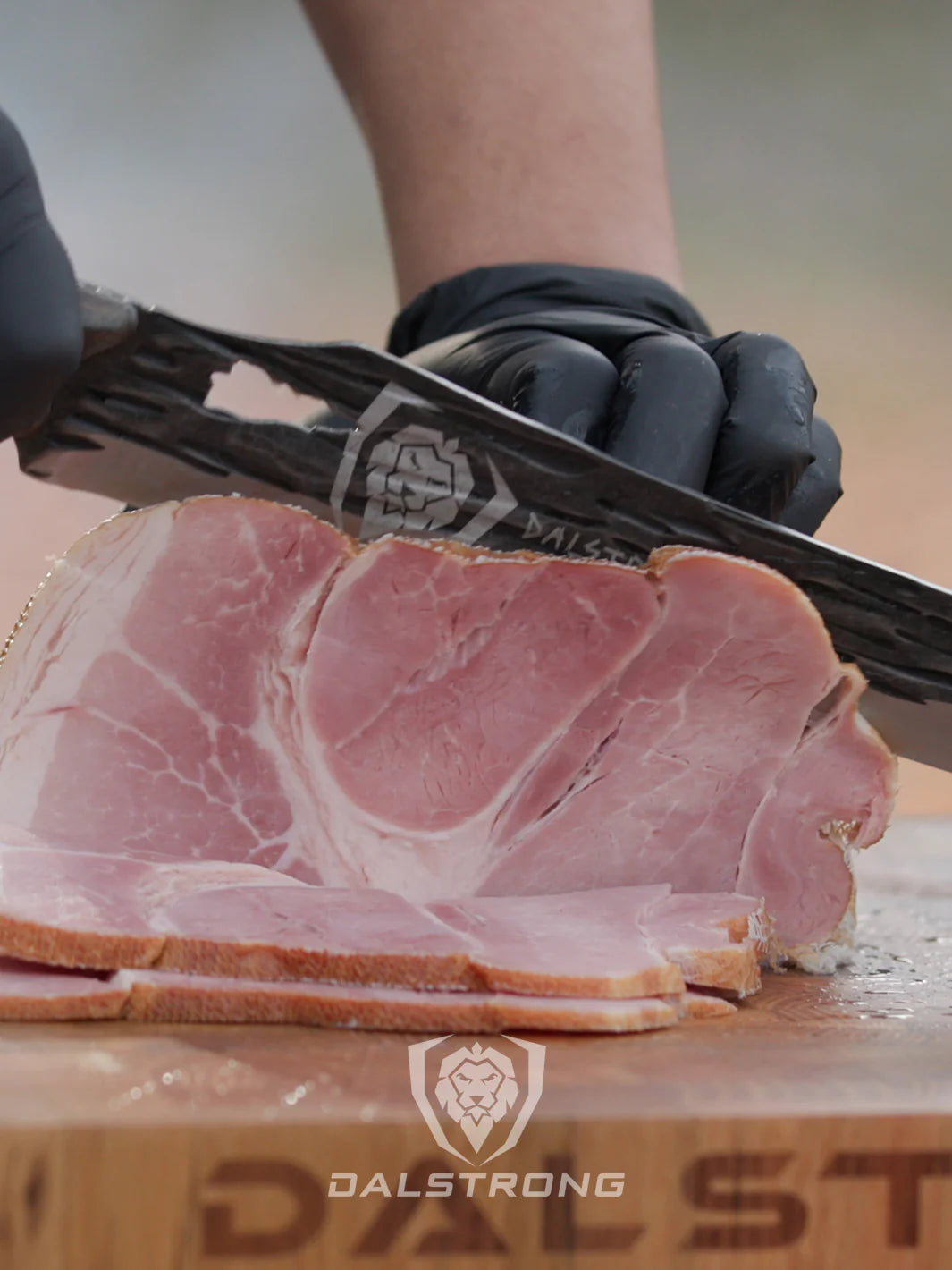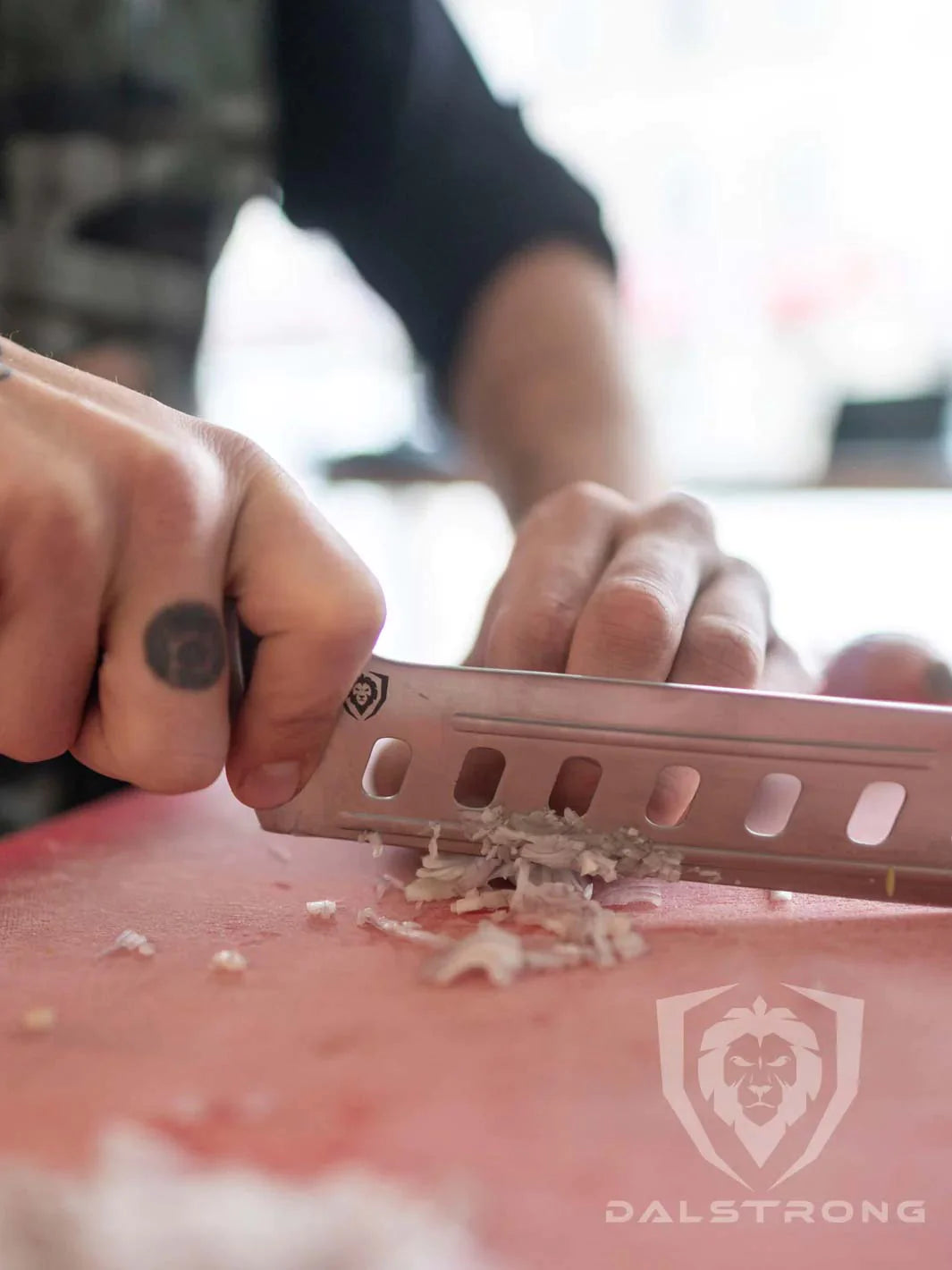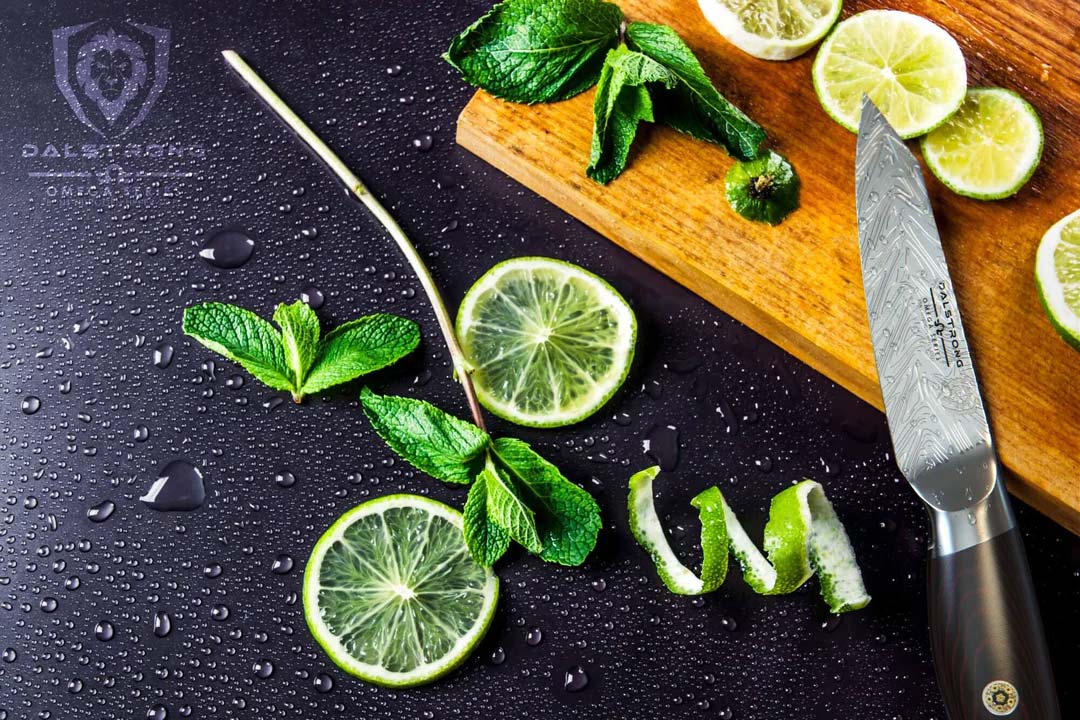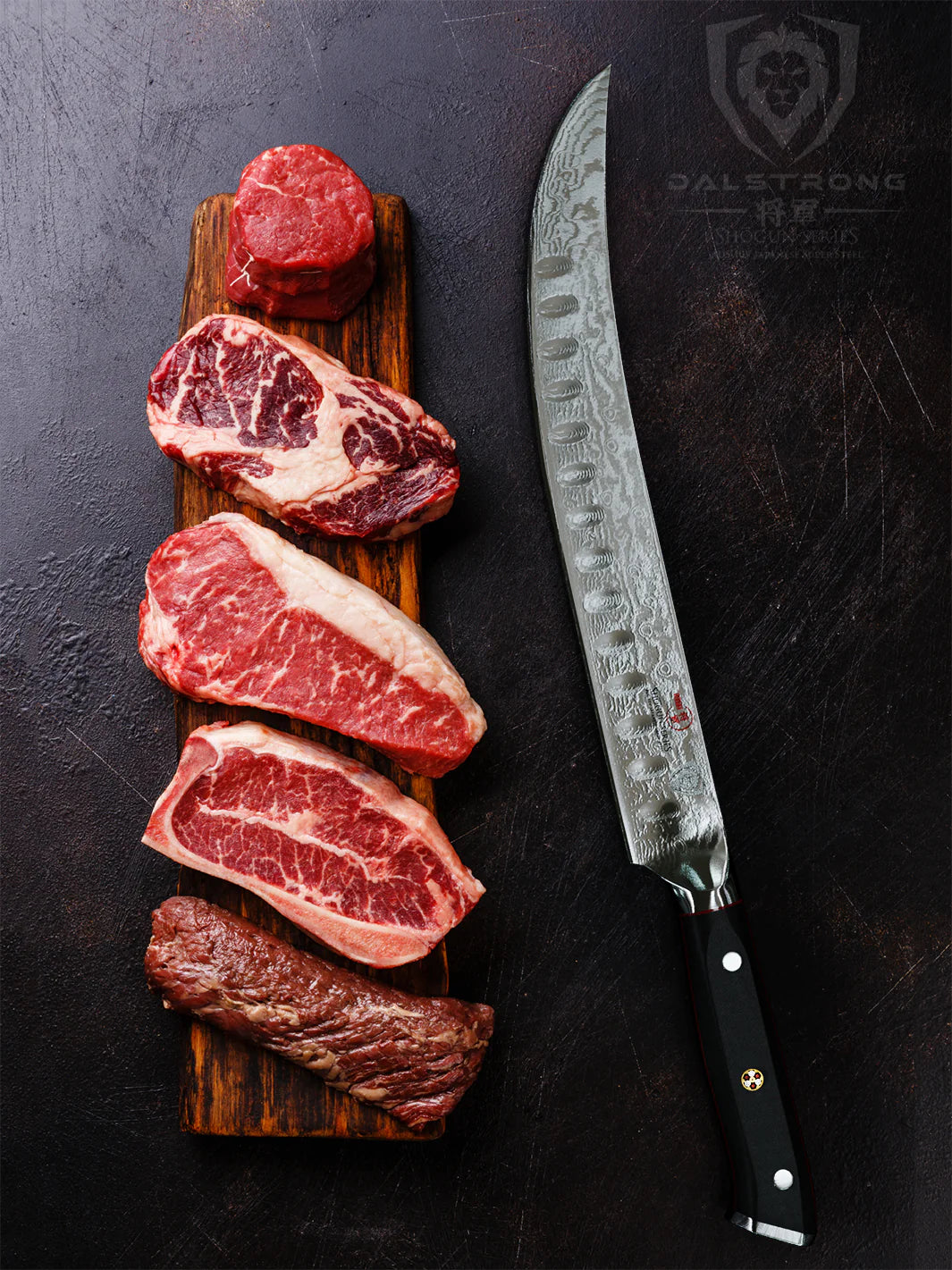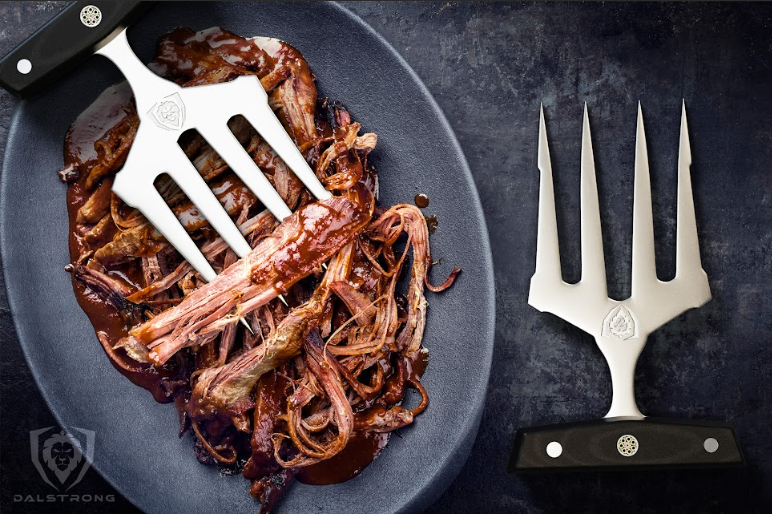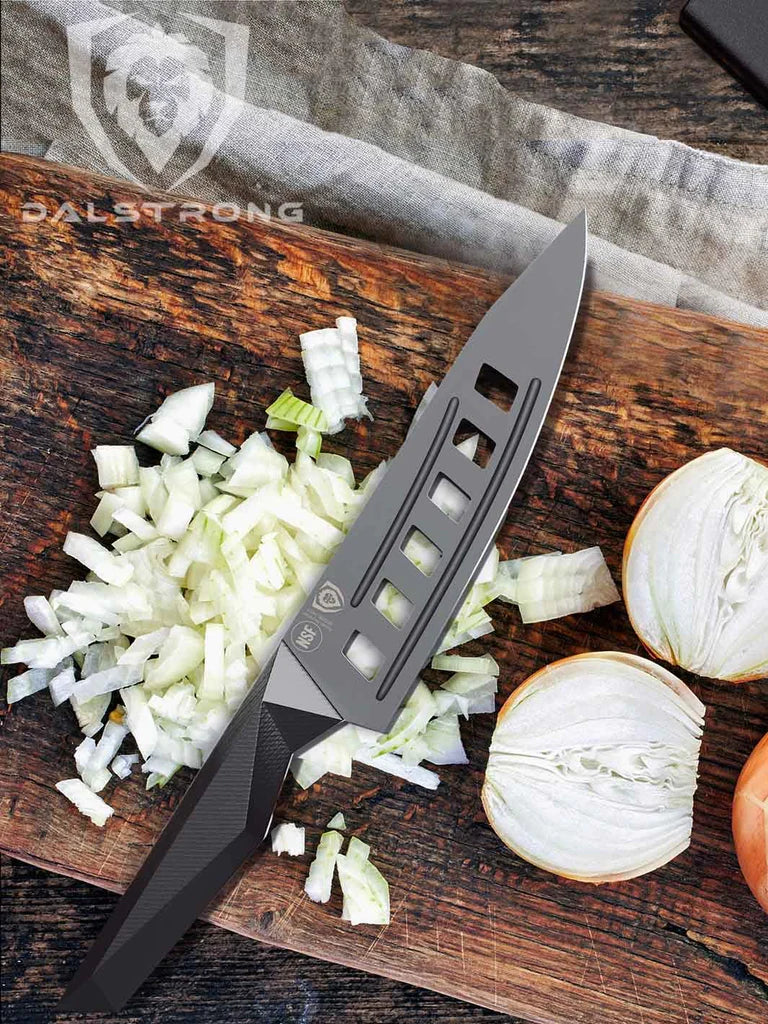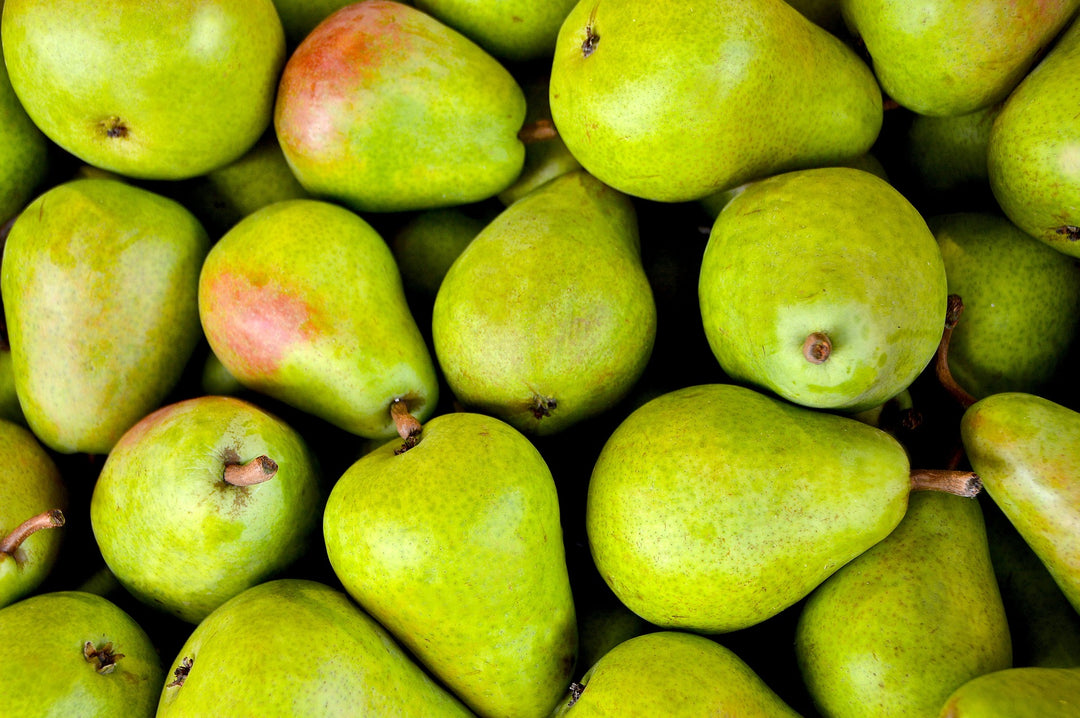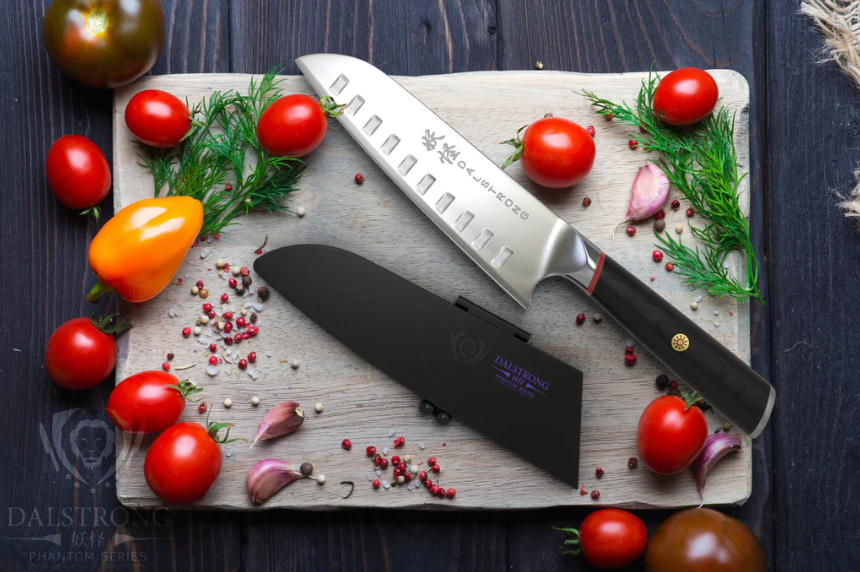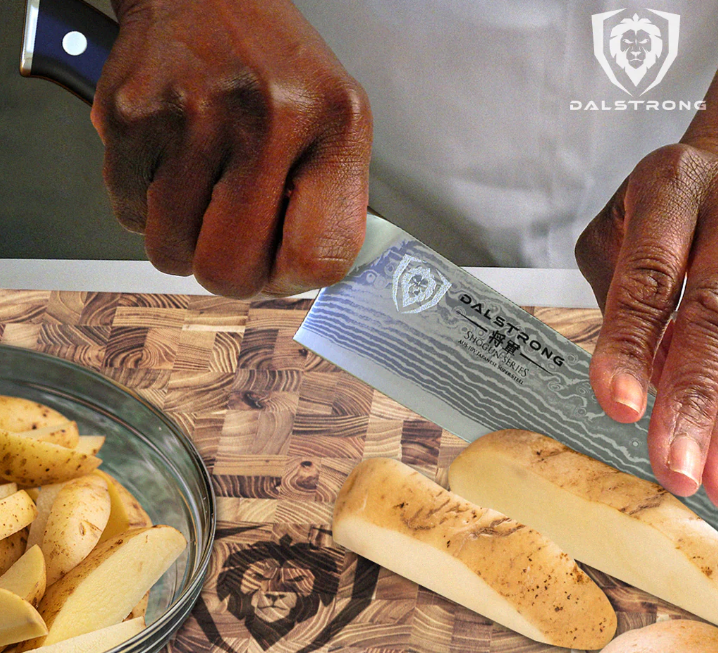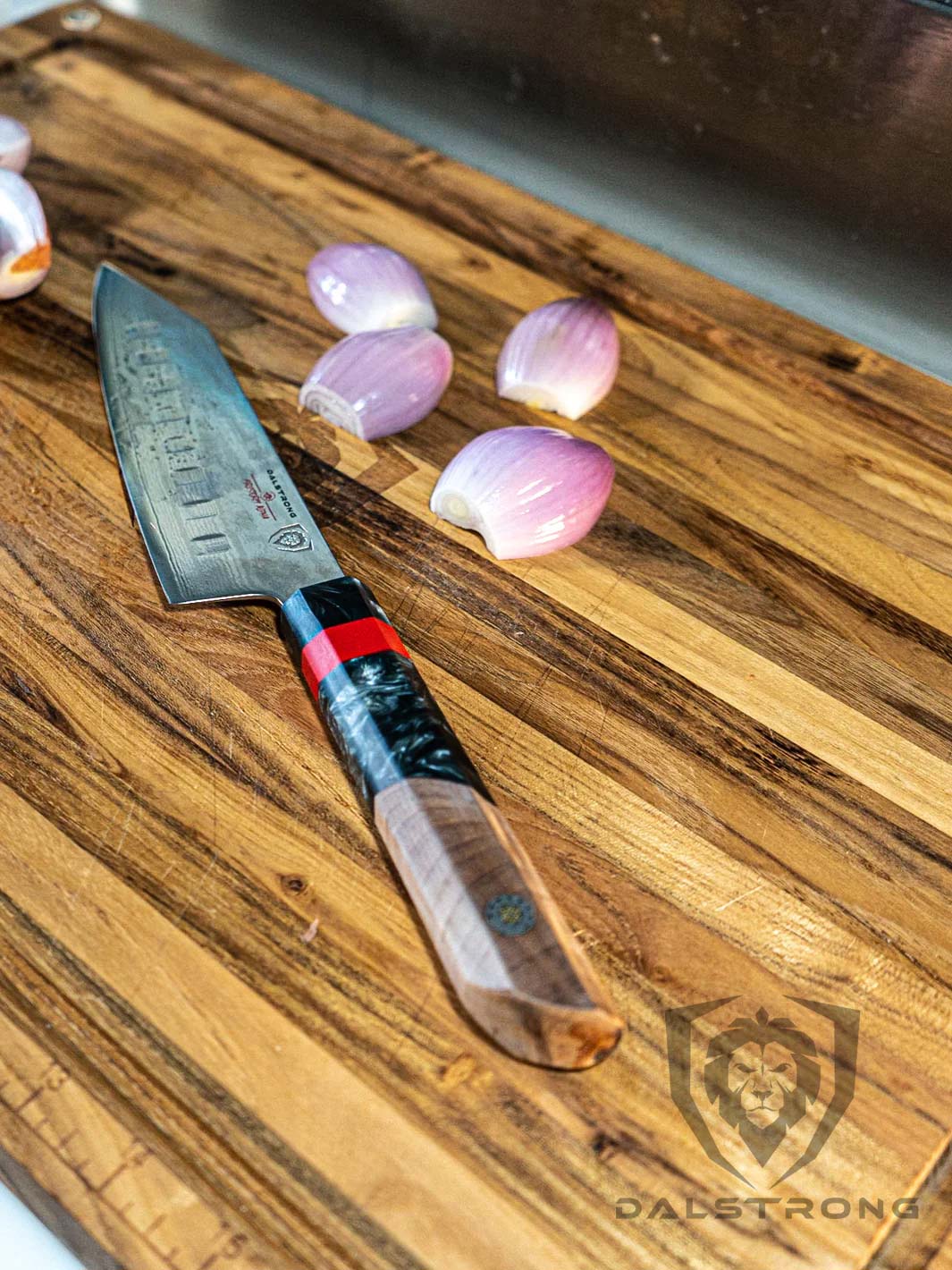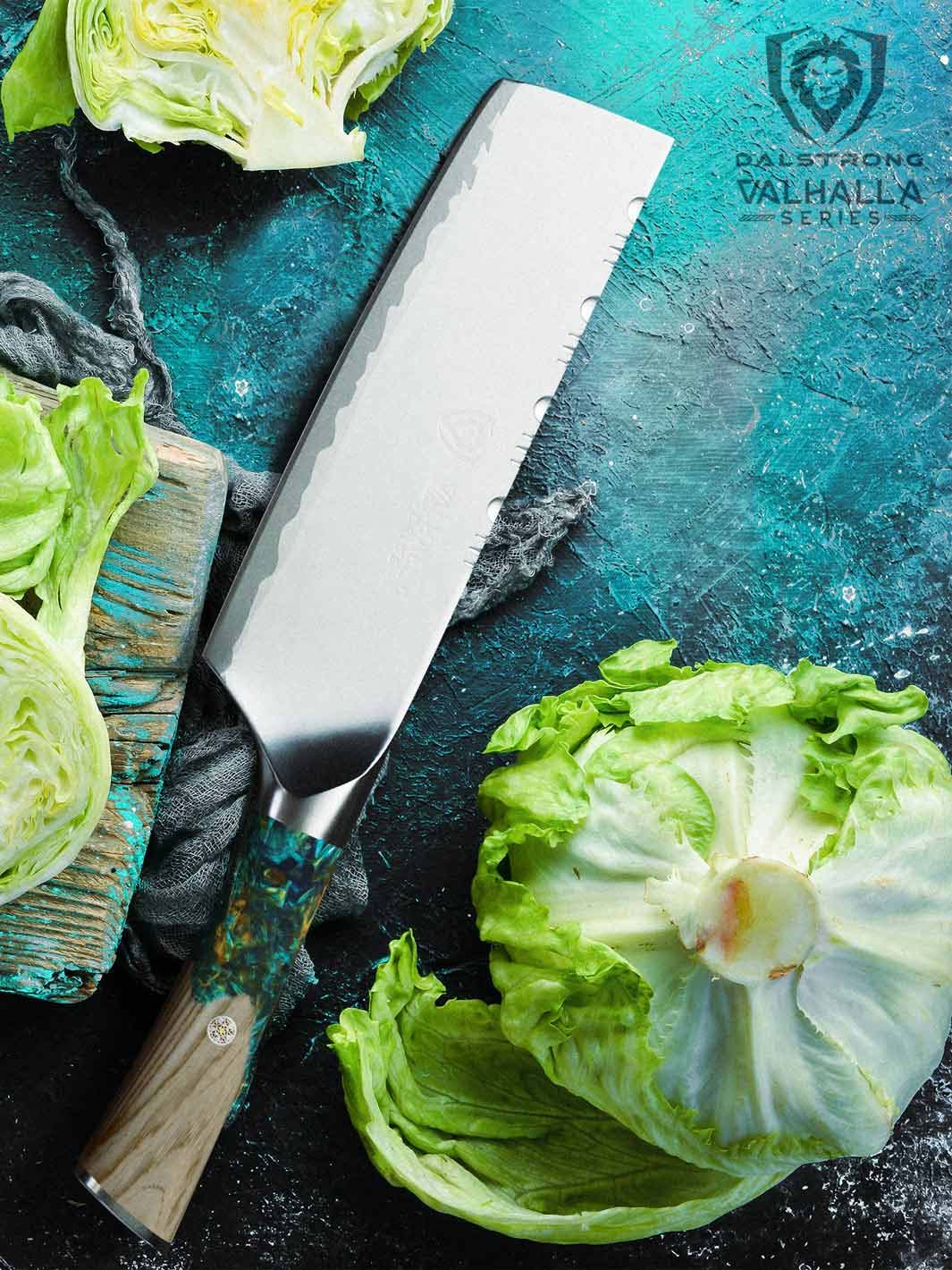How to Thicken Chili? 12 Easy & Effective Ways
Quick Overview: Best Ways On How To Thicken Chili
- Reduce The Sauce
- Add Corn starch to Thicken Chili
- Use Flour to Thicken Chili
- Add Vegetables to the Chili
- Add Tomato Paste to Thicken Chili
- Use Baking Powder to Thicken Chili
- Add Tortilla Chips
- Add Cornmeal to the Chili
- Add Mashed Beans to Thicken the Chili
- Use Shredded Cheese to Thicken Chili
- Add Masa Harina to the Chili
- Add Quick Oats to Thicken Chili
What is better than the taste of a warm and hearty bowl of thick chili on a cold, breezy day? Well, NOTHING! The traditional chili is the ultimate comfort food, packed with flavor, heat from different peppers, tanginess from juicy tomatoes, and savory taste from the beans. I mean, come on, how can anyone dislike this dish?
However, there are times when the results can be slightly disappointing, mostly because sometimes the chili can be watered-down and get too thin. The texture becomes more soup-like and that can put some people off. So if you’re new to the kitchen or you’ve ever panicked over a pot of soupy chili, then you’ve come to the right spot. Continue reading as I help you solve this problem and talk about simple alternatives that can help you on how to thicken chili.
1. What Is Chili?
Shogun Series ELITE Nakiri Knife 6"
A thick sauce typically made of meat, beans, and spices, chili is one of the most versatile stews you can cook up. The beauty of this is that you can improvise with the ingredients that go in the chili based on your preferences. It is also suggested to cook chili for a longer time as it allows the flavors to mingle beautifully.
Some common kinds of chili include turkey chili, white chicken chili, and the all-time favorite, beef chili. Depending on your preferred equipment, you can choose to cook chili in a slow cooker, Dutch oven, pressure cooker, or stockpot. However, you must keep in mind that each method requires different levels of attention and cooking time. Be mindful of this and you should have no trouble stirring up a delectable chili.
2. What Causes Thin Chili?
There are a few different factors that can cause your chili to thin. The most common reason for this is the lack of liquid evaporation and this can happen due to one of the following reasons:
Short Cooking Time
The key to cooking thick, aromatic chilis is to let the mixture cook on low and slow. Over time, the heat absorbs the remaining liquid so letting the chili simmer for a long time will give you the thick consistency you want. Slow cooking chili also enhances its flavor as the spices get enough time to marinate and blend in with the other ingredients.
Excess stock
Yes, chicken stock does add an earthy flavor to your chicken chili, it can also result in a watery mixture if you overuse it. This issue can be easily fixed by adding more solids to the chili, like fresh veggies, meat, or beans. Even letting it simmer for a long time can be an option, but this might take a lot of time if there is too much liquid. Remember to add the required seasonings to maintain the original flavor of your white chicken chili.
Overuse of fresh tomatoes
Chili recipe often use fresh tomatoes to add flavor to the dish. However, when tomatoes are heated, they release water which can make watery chili. When cooking the chili be mindful of the number of tomatoes that go in otherwise thickening it can take forever
3. 5 Simple Ways On How To Thicken Chili
Let’s face it, soupy chili recipes are not appetizing, but it also does not have to be such a big problem that you feel like you’ve ruined the dish. Here are 5 easy-peasy ways to thicken the chili and save it from being a watery mess:
1. Reduce the Sauce
This is one of the easiest ways to thicken your chili without adding any extra ingredients. All you have to do is remove the lid from the pot and allow the chili to thicken for 20-30 minutes, stirring constantly. As the liquid in the chili reduces, the stew will thicken.
2. Thicken Chili With Tomato
Not only will tomato paste add a tangy flavor to the dish, but it will also act as a thickening agent. For this purpose, you can use homemade or store-bought tomato paste. Add 1 can of the paste to your pot of chili, stir the mixture, and let it cook on medium heat for about 30 minutes.
3. Add Tortilla Chips
Tortilla chips in chili make it even better! Add a handful of tortilla or corn chips to the chili. This will add a beautiful crunchy texture to the chili while absorbing the extra liquid. I love crispy tortilla chips so I suggest you add them to your chili anyway.
4. Use Shredded Cheese to Thicken Chili
Cheese is a great thickening agent. When shredded cheese melts in the chili, it creates a thick gooey texture for the chili. Melted cheese also makes the chili downright mouth-watering.
5. Add Masa Harina to the Chili
A popular ingredient in Latin American cooking, masa harina is a corn flour that is often used to thicken stews and gravies. Some people do confuse this for cornmeal, but they are different. Masa harina has a whiter shade and a flour-like texture.
While this is a great thickening agent, you must be patient as it takes a while for its effects to kick in. You must also make sure you don’t put too much right away as you can end up with a solid stew. Also, keep in mind that it gives off a corn-like flavor, so if you're not a fan, add only a little. Start by adding 2 tablespoons of this to your chili, wait for 5-10 minutes to check consistency, and only then add more, if required.
4. 7 Ways to Thicken Chili Using Pantry Staples
1. Add Cornstarch to Thicken Chili
Cornstarch is a very common thickening agent found in almost all households. Make a cornstarch slurry by mixing one tablespoon of cornstarch and water. Don’t skip this step as adding cornstarch directly to the chili will create unpleasant lumps, ruining the texture of the dish. Stir in the slurry, distributing it evenly throughout the chili. Let this simmer for 10 minutes or until thickened to the desired level.
2. Use Flour to Thicken Chili
If cornstarch is not readily available, you can also use all-purpose flour and water or gluten-free flour to thicken the chili. However, if you go with this alternative, remember to double the amount of water. Flour or cornstarch work really well.
3. Use Baking Powder to Thicken Chili
Baking powder is another handy option to thicken your chili. The combination of sodium bicarbonate and cornstarch quickly makes any chili more flavourful. However, it can have a bitter taste. To avoid this, mix the baking powder with cold milk or water before dunking it into the pot.
4. Add Cornmeal to the Chili
Cornmeal does an excellent job of absorbing extra liquids so adding a tablespoon of it to the chili will thicken the final dish. Mix 2 parts of cold water and 1 part of cornmeal, make it a slurry, and add this to the pot. Allow it to simmer for about 10 minutes after you add the slurry.
5. Add Mashed Beans to Thicken the Chili
This is another quick and easy way to thicken the chili without adding extra ingredients. Add beans to the pot and mash them using a potato masher or a big spoon. Mashing beans will allow them to release natural starches and soak up the liquid. Pick large beans like kidney beans, black beans, or pinto beans as they work the best for this purpose. Remember to taste and adjust seasoning to ensure the flavor in the chili remains balanced.
6. Thickening Chili With Oats
If you don’t have extra vegetables or beans in the kitchen, you can also add quick oats to the pot to thicken the chili. This is also a healthy alternative to cornstarch and all-purpose flour. All you have to do is add a tablespoon of quick oats. After about 3 minutes of cooking on medium-high heat, the oats will absorb the excess liquid and give you a thick, delicious chili.
7. Add Vegetables to the Chili
Vegetables are a sure-shot way of ensuring a thick pot of chili. Throw in more veggies to thicken the chili because they release natural scratches that help absorb excess liquids. Small pieces of carrots, celery, potatoes, or onions work best for this purpose while adding an earthy, fresh flavor to the chili,
5. Best Cookware to Cook Chili
Chili is a dish that requires lots of ingredients and a good amount of water to cook it all. As you add the ingredients, you will notice that the quantity of the chili keeps increasing. To ensure that your chili has enough room to cook, boil and simmer, I recommend using a tall pot like a stockpot. Not only will it ensure even cooking for long hours but will also make sure that your chili does not overflow all over your stovetop and kitchen counter.
Here are some of my trusted recommendations for pots you can use for this dish:
1. 3 Quart Stock Pot | Avalon Series - Dalstrong
Create magic in the kitchen with this high-performing, medium-weight, ultra-functional piece of cookware that is built to last. This cookware is designed for impeccable conductivity to quickly heat food evenly, making this a great equipment to cook something as time-consuming as chili.
Pros:
- The stockpot comes with a nonstick coating that makes sure the food does not stick to the base. This makes it a great pot to cook something like chili that requires long cooking hours.
- Even though it's a stockpot, it is very versatile. It works well for cooking tasks like browning and braising food and even making delicate meals like omelets.
- The side handles evenly distribute the weight of the pot so that it’s easy for you to transfer food or move the pot.
Cons:
- If you are hosting a large number of people, this stockpot might get a little small. In that case, you can also check out 5 quarts or 8-quart stockpot.
- Some chefs might prefer a stockpot with 2 side handles for better grip. If that is what you need as well, you can go for this one.
- If you are new to the kitchen or don’t cook as often, this one might seem a little pricey. In that case you can go for one of the other stockpots from Dalstrong’s range.
2. 4 Quart Stockpot | Oberon Series - Dalstrong
This stockpot is maximally versatile and comes with an eye-catching design that communicates both, luxury and performance. Chili needs to be cooked evenly, for long hours and that makes this the perfect pot as it heats up quickly and cooks evenly.
Pros:
- The pot is compatible with all stovetops and induction cooktops, making it comfortable to use in any kitchen.
- It is very responsive to temperature changes which allow you to control how hot or cold the food inside gets. This helps you preserve the nutritional qualities, taste, and color of the food being cooked in it, especially if it’s a dish like a chili.
- This pot is dishwasher, freezer, and oven safe.
- This stockpot is priced well making it an amazing investment.
Cons:
- The single handle of this pot might not be preferred by everyone. In that case, you can also go for a 2 handle stockpot.
- The look and design of this pot are pretty simple and minimalistic, however, if you are looking for a more aesthetic pot, you can go for this one.
3. 5 Quart Stockpot | Avalon - Dalstrong
This pot boasts unrivaled conductivity to quickly heat and evenly cook a full range of culinary delights like thick proteins and omelets. It also performs other delicate tasks like searing, browning, sauteing, deep-frying, quick boiling, making sauces, jams and even baking with utmost precision.
Pros:
- While this pot is perfect for cooking something like chili, it is also a very versatile piece of cookware, able to complete all kitchen tasks like a pro.
- This stockpot is stunning to look at and will turn some heads in the kitchen.
- The pot comes with 2 side handles, providing the user with an excellent grip to transfer the pot from the stove to the oven or move it to the table.
Cons:
- The stockpot comes with a high price tag, however, if you are an avid cook it is worth the investment.
-
It comes with a steel lid which can be inconvenient for someone who prefers a glass lid to keep a check on the food cooking inside.
4. 8 Quart Stockpot | Avalon Series - Dalstrong
Here’s a piece of cookware that is built to redefine the culinary space. Designed for amazing conductivity, this pot is made of non-reactive stainless steel and premium aluminum which enables enhanced heat retention and conductivity.
Pros:
- This cookware is oven and broiler safe up to 600 degrees F. It is also freezer, dishwasher, and refrigerator safe.
- It comes with an ultra-strong 2.5mm thickness that will not dent or warp under prolonged heat. For cooking a dish like chili, this is very important as the vessel is exposed to heat for a long time.
- The perfectly angled handle ensures a comfortable grip and a secure hold while cooking.
Cons:
- The design of this cookware can be too bold for those who prefer their cookware to be minimalistic.
- The price of this pot might not sit right with everyone, but if you’re out to invest in cookware that will work tirelessly by your side, then it is worth it.
5. 12 Quart Stockpot | Oberon Series - Dalstrong
Looking for a stockpot that can help you cook for a large number of people? Then this is the stockpot for you. This 12-quart stockpot is extremely durable and is built to last for generations.
Pros:
- The size of this stockpot is a big advantage because you can prepare big batches of food at one time, making sure it all gets cooked evenly.
- It comes with 2 handles that ensure a strong and comfortable grip when moving the pot.
- This stockpot comes with a glass lid, making it easy for you to know what’s cooking inside the pot.
Cons:
- This is a big stockpot and storing it can be tricky, especially if you have a compact kitchen.
- If you prefer a more bold design for your kitchen, then you can take a look at the other stockpots.
6. Frequently Asked Questions
What causes thin chili?
There are 3 causes of thin chili:
- Short cooking time,
- Excess stock in the chili,
- Too many fresh tomatoes.
How do you thicken chili without cornstarch?
Adding quick oats to the chili is a healthy alternative to cornstarch and all-purpose flour. Add a tablespoon of quick oats to the chili and cook on medium-high heat. In about 3 minutes of cooking, they will absorb the excess liquid, giving you a thick, hearty chili.
How do you thicken chili with tomato paste?
Not only does tomato paste improve the texture of the chili, but it also enhances the flavor. To use, add 6 ounces of paste, 2 ounces every few minutes, during the last 60 minutes of cooking. Make sure to add the paste gradually as it makes it easier to mix it in.
What’s the most popular ingredient to thicken chili?
Cornstarch and all-purpose flour are the most common thickening agents that you will find in your kitchen. Make a slurry of the cornstarch and add it to the chili. Let it simmer for a few minutes and you will notice that the chili will begin to thicken.
Do you need to thicken chili?
Whether to thicken chili depends on personal preference. Some people enjoy a thicker consistency, while others prefer a thinner texture. Thickening agents like cornstarch or flour can be added to achieve the desired thickness. However, chili often simmers and reduces naturally, intensifying flavors and thickness over time. Adjust the cooking time and ingredients to reach your preferred chili consistency.
What do I do if my chili is too watery?
If your chili is too watery, there are a few steps you can take to thicken it: Simmer Longer: Continue cooking the chili uncovered over low heat to allow excess liquid to evaporate. Add Thickeners: Mix a small amount of cornstarch or flour with cold water and add it to the chili. Cook while stirring until it thickens. Mash Ingredients: Partially mash some beans or vegetables to naturally thicken the chili. Use a Blender: Blend a portion of the chili and return it to the pot to thicken the overall consistency.
What do I do if my chili is too watery?
Simmer Longer: Continue simmering the chili uncovered to allow excess moisture to evaporate. Thickeners: Add ingredients like cornstarch slurry (cornstarch mixed with water), mashed beans, or ground tortilla chips to thicken the chili. Flour or Cornmeal: Dusting the chili with flour or cornmeal can help absorb excess liquid and change the taste. Bob's Red Mill: Use a product like Bob's Red Mill Potato Flakes, which can thicken and add flavor to your chili.Remember to adjust seasonings as needed to maintain flavor balance.
How do you thicken chili without changing the flavor?
Cornstarch or Flour Slurry: Mix a tablespoon of cornstarch or flour with cold water to create a slurry. Stir the slurry into your chili and simmer until it thickens. Cornmeal: Add a tablespoon of cornmeal or masa harina while stirring continuously. Mashed Beans: Mash a portion of the beans and stir them into the chili to thicken it. Crushed Tortilla Chips: Crushed tortilla chips can also be added as a thickening agent. These methods can thicken your chili while preserving its original flavor. Adjust quantities as needed to achieve the desired thickness.
Does chili need to be thickened?
Chili doesn't necessarily need to be thickened, as the thickness is a matter of personal preference. Some people prefer a thicker chili, while others like it thinner. The consistency you desire depends on the recipe and your taste. It's important to note that the natural thickness of chili can vary depending on the ingredients used, so thickening is optional and can be adjusted to meet your preference.
Check Out Dalstrong Cookware Today
Written by Himani VaidToronto-based food nerd turned food storyteller, Himani is a connoisseur of all things delish. Currently, busy thinking about what to eat next.







































































































































































